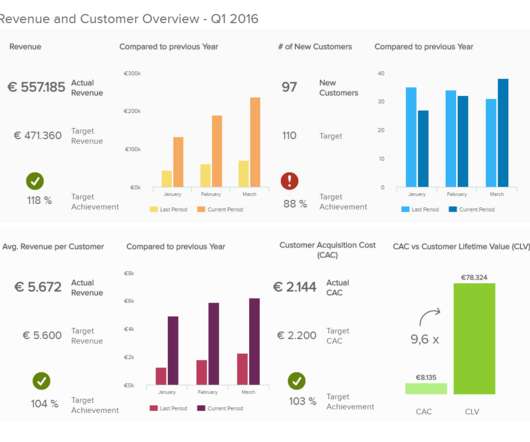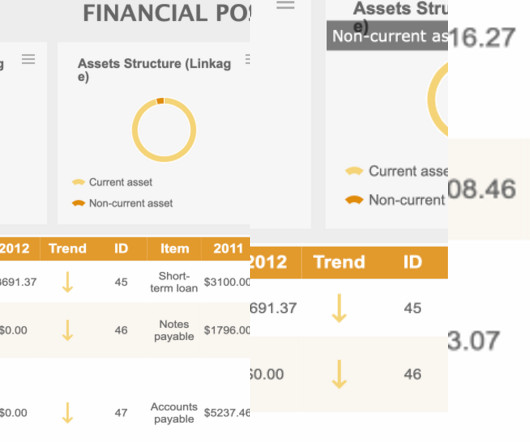Structural Evolutions in Data
O'Reilly on Data
SEPTEMBER 19, 2023
Each time, the underlying implementation changed a bit while still staying true to the larger phenomenon of “Analyzing Data for Fun and Profit.” ” They weren’t quite sure what this “data” substance was, but they’d convinced themselves that they had tons of it that they could monetize.


















Let's personalize your content